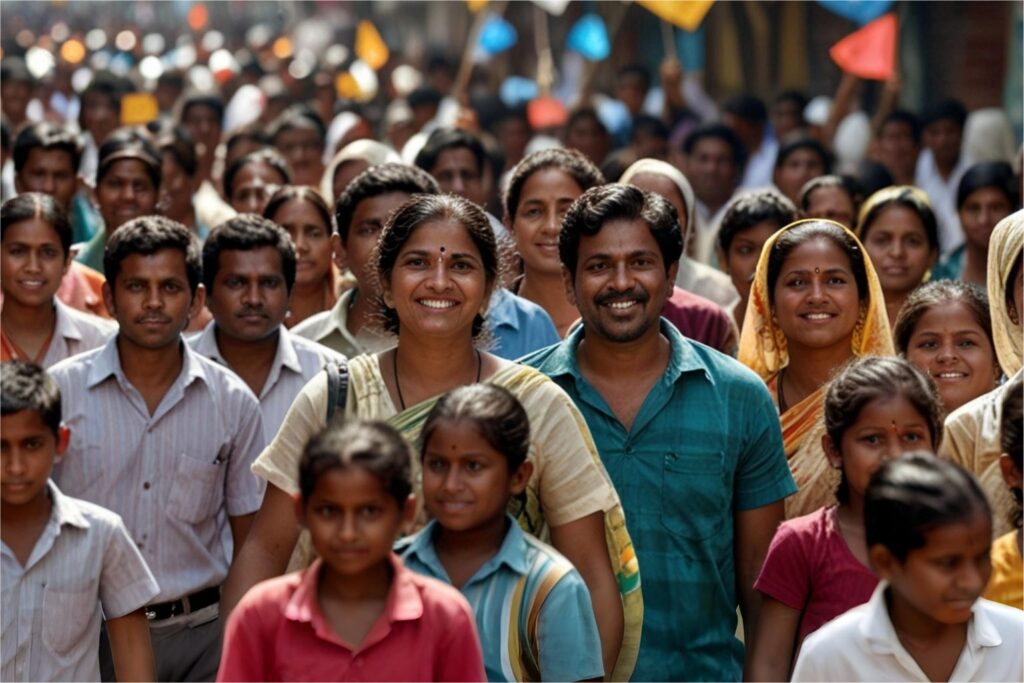
India’s population is projected to touch 1.46 billion in 2025, maintaining its position as the world’s most populous nation, according to the latest report by the United Nations Population Fund (UNFPA). The number is expected to grow to about 1.7 billion before it begins to fall, around 40 years from now, the State of World Population (SOWP) 2025 Report said.
Called ‘The Real Fertility Crisis’, the report highlighted that India’s total fertility rate has dropped to 1.9 births per woman, falling below the replacement level of 2.1.
Also Read | Obesity, hypertension rising among Delhi schoolchildren: AIIMS study
Despite this decline, the youth bulge remains strong. At least 24% of India’s population is under the age of 14, and 26% falls in the 10–24 age group. Meanwhile, 68% are of working age (15–64). The elderly population (65+) currently makes up 7% of the population but is expected to rise as life expectancy improves to 71 years for men and 74 for women, as projected in 2025.
The report also grouped India with middle-income nations undergoing rapid demographic transition, with a current population doubling time of 79 years.
The report shifts the global focus from concerns over population explosion or decline to a more nuanced issue: the unmet reproductive goals of millions. “This is the real fertility crisis—not underpopulation or overpopulation,” the report notes. It emphasises the need for greater reproductive agency, defined as individuals’ ability to make informed choices about sex, contraception, and family planning.
“India has made significant progress in lowering fertility rates – from nearly five children per woman in 1970 to about two today, thanks to improved education and access to reproductive healthcare,” said Andrea M Wojnar, UNFPA India Representative.
However, she also warned of deep inequalities across states, castes, and income groups, adding, “The real demographic dividend comes when everyone has the freedom and means to make informed reproductive choices. India has a unique opportunity to show how reproductive rights and economic prosperity can advance together.”








